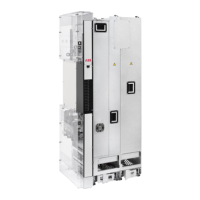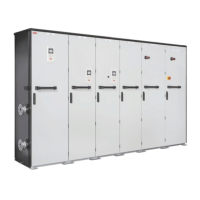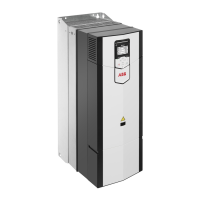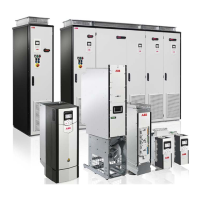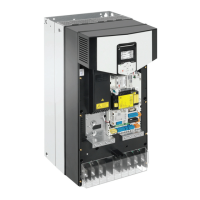■ North America
Installations must meet the requirements of UL (UL 508C) and/or CSA (C22.2 No. 14) and
be compliant with NFPA 70 (NEC)
1)
and/or Canadian Electrical Code (CE) along with state
and local codes for your location and application.
1)
National Fire Protection Association 70 (National Electric Code).
■ Other regions
The disconnecting device must conform to the applicable local safety regulations.
Selecting the main contactor
You can equip the drive with a main contactor.
Obey these guidelines when you select a customer-defined main contactor:
• Dimension the contactor according to the nominal voltage and current of the drive. Also
consider the environmental conditions such as surrounding air temperature.
• Select contactor with utilization category AC-1 (number of operations under load)
according to IEC 60947-4, Low-voltage switch gear and control gear.
• Consider the application life time requirements.
Examining the compatibility of the motor and drive
Use asynchronous AC induction motors, permanent magnet synchronous motors, AC
induction servomotors or ABB synchronous reluctance motors (SynRM motors) with the
drive.
Select the motor size and drive type from the rating table on basis of the AC line voltage
and motor load. You can find the rating table in the appropriate drive or inverter unit hardware
manual. You can also use the DriveSize PC tool.
Make sure that the motor withstands the maximum peak voltage in the motor terminals. See
Requirements table (page 73). For basics of protecting the motor insulation and bearings
in drive systems, see Protecting the motor insulation and bearings (page 72).
Note:
• Consult the motor manufacturer before using a motor whose nominal voltage differs
from the AC line voltage connected to the drive input.
• The voltage peaks at the motor terminals are relative to the supply voltage of the drive,
not the drive output voltage.
• If the motor and drive are not of the same size, consider the operation limits of the drive
control program for the motor nominal voltage and current. See the appropriate
parameters in the firmware manual.
■ Protecting the motor insulation and bearings
The drive employs modern IGBT inverter technology. Regardless of frequency, the drive
output comprises pulses of approximately the drive DC bus voltage with a very short rise
time. The pulse voltage can almost double at the motor terminals, depending on the
attenuation and reflection properties of the motor cable and the terminals. This can cause
additional stress on the motor and motor cable insulation.
72 Guidelines for planning the electrical installation
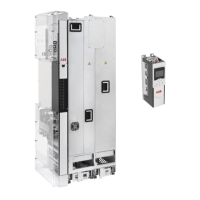
